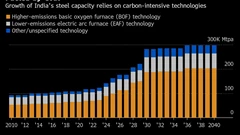What the Olympics' Big Air Venue Says About China's Smog Problem
(Bloomberg) -- When Eileen Gu nailed a perfect left double 1620 to win gold in the women’s freestyle big air at the Beijing Olympics, her performance drew attention to the unusual surroundings. What was a snow-covered ski ramp doing alongside a slew of gigantic furnaces and cooling towers?
No, the competition wasn’t set in a nuclear plant. The venue is adjacent to a decommissioned steel factory, once a source of national pride — and a major contributor to Beijing’s legendary smog. How a massive polluter became an Olympic venue is also a story of China’s efforts on city renewal and its struggles to fight air pollution and reach net zero.
The furnaces and cooling towers behind the world’s first permanent big air venue used to spew toxic smoke. Built for the Beijing 2022 Winter Olympic Games, the “Shougang Big Air” sits on the Capital Steel Campus in west Beijing, once one of China’s biggest steel manufacturing hubs.

The transition of the park began long before the preparations for the Winter Olympic Games. Capital Steel, also known as Shougang, began relocating its operations from Beijing to neighboring Hebei province in 2005, as the government was moving dozens of polluting factories out of the capital to ensure blue skies for the 2008 Summer Olympics. When Capital Steel moved, it took with it 18,000 tons of air pollutants a year, about 20% of the dangerous particles that gave the city some of the worst air quality in the world.
Olympic host cities typically face criticisms for overbuilding, plus the waste and carbon generated by hosting a mega international event. As part of its promise to host a green Winter Olympics, Beijing leaned on existing venues, including Shougang Park. After the Games, the platform will be kept as a permanent facility. The park now also hosts the office of the Winter Olympic Games Committee.
Built on the existing buildings at the site, “The ‘Big Air’ showcases a perfect combination of urban industrial heritage and Olympic culture,” said Li Sen, an official of The Beijing Organizing Committee for the 2022 Olympic and Paralympic Winter Games. “The venue is an example of sustainable development.”

When it’s not being used for the Olympics, Shougang Park is a 860-hectare tourist attraction with chic cafes and bookshops nestled among defunct tubes and ladders. The industrial vibe has made it a popular backdrop for social media shares. C40, a climate non-profit network, identified Shougang Park as a “climate positive development program” — the only case from China.
Capital Steel’s move has been more mixed for its new neighbors. Tangshan in Hebei province got an influx of jobs with all the polluting factories moved in and is today the largest steelmaking hub in the world. It also inherited Beijing’s air pollution. While the capital is no longer among China’s 20-most polluted cities, Tangshan makes the list every year.
More stories like this are available on bloomberg.com
©2022 Bloomberg L.P.
KEEPING THE ENERGY INDUSTRY CONNECTED
Subscribe to our newsletter and get the best of Energy Connects directly to your inbox each week.
By subscribing, you agree to the processing of your personal data by dmg events as described in the Privacy Policy.
More renewables news

House Committee Says It Finds Evidence of ‘Climate Cartel’
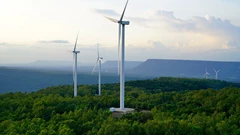
WEC Energy Offered $2.5 Billion US Loan for Renewable Projects

With Trump Looming, Biden’s Green Bank Moves to Close Billions in Deals
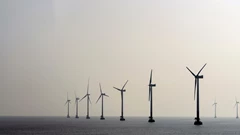
GE Vernova Expects More Trouble for Struggling Offshore Wind Industry

Climate Tech Funds See Cash Pile Rise to $86 Billion as Investing Slows

GE Vernova to Power City-Sized Data Centers With Gas as AI Demand Soars

Longi Delays Solar Module Plant in China as Sector Struggles
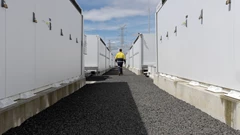
Australia Picks BP, Neoen Projects in Biggest Renewables Tender
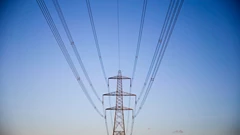
SSE Plans £22 Billion Investment to Bolster Scotland’s Grid
